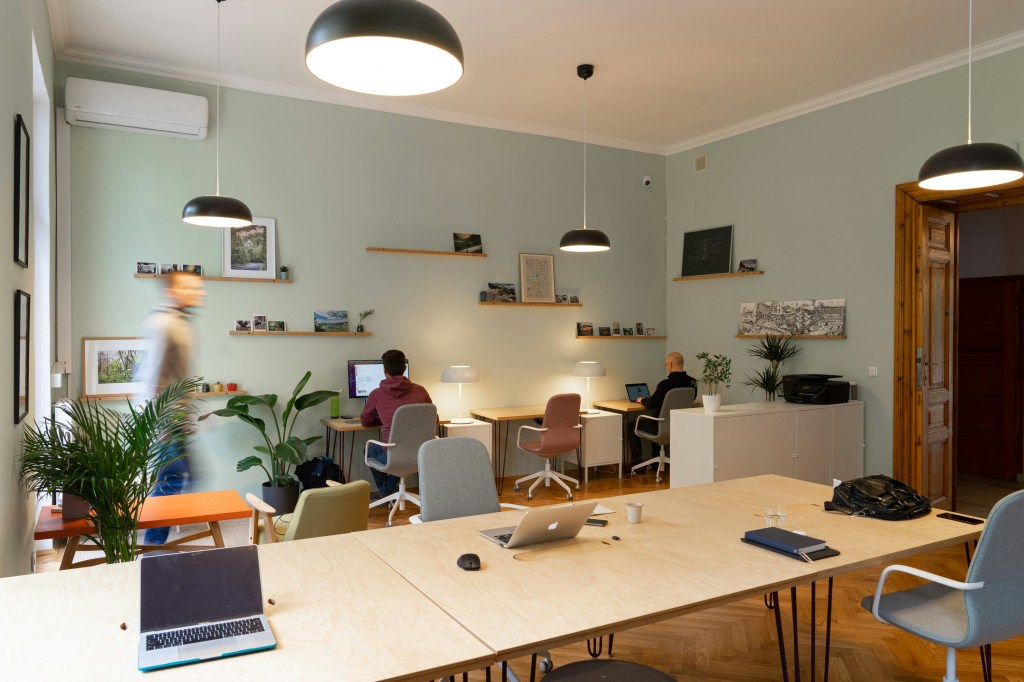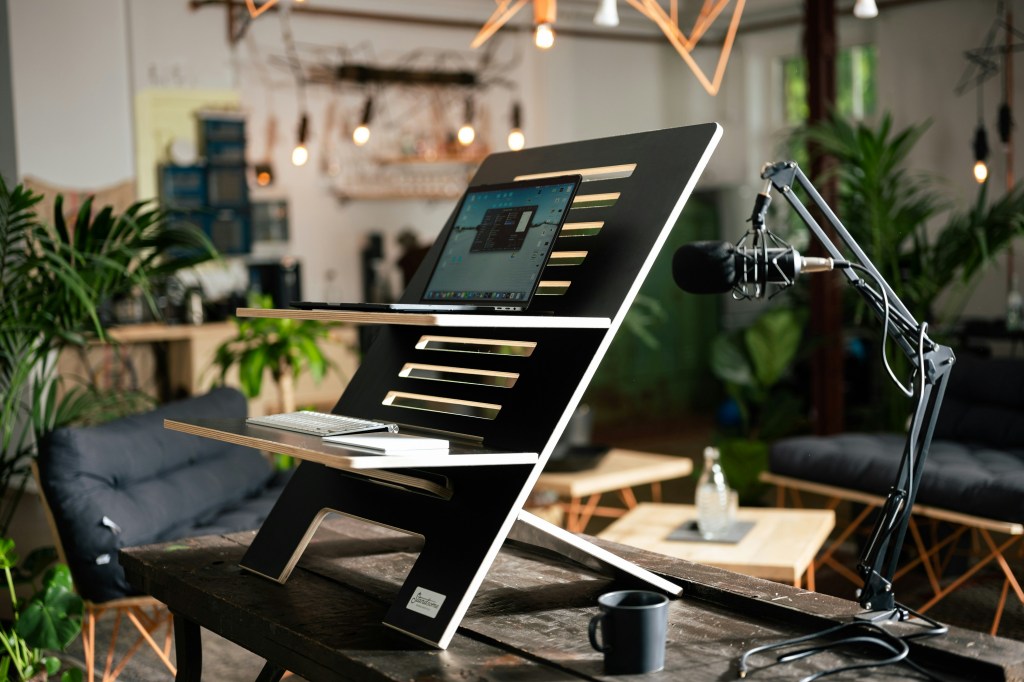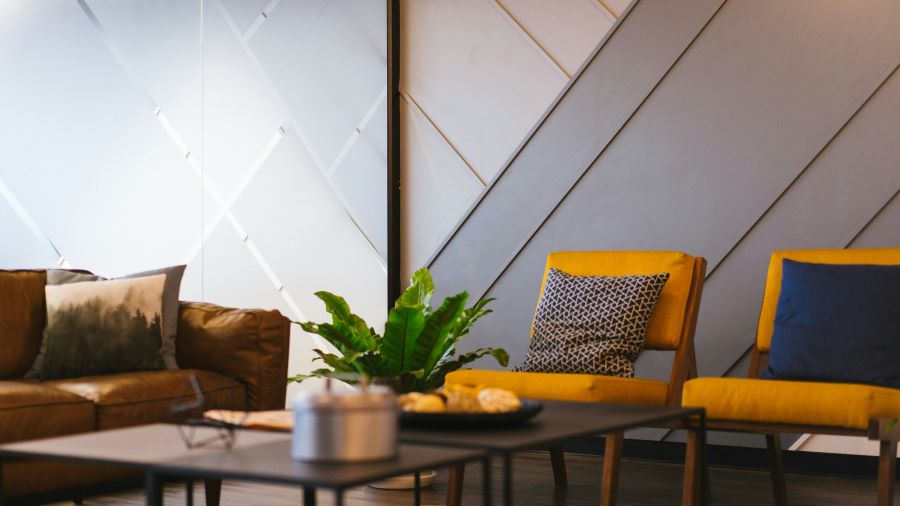7 Modern Types of Work Environments
The modern workplace has evolved significantly over the past few decades, driven by advancements in technology, shifting employee expectations and changing business needs. Here, we explore seven distinct types of work environments that characterize the contemporary job landscape.
Remote Work
Remote work, or telecommuting, allows employees to work from anywhere with an internet connection. This environment has gained immense popularity, particularly after the COVID-19 pandemic. Remote work offers flexibility and can increase productivity by reducing commute times and providing a comfortable working space. Various companies have successfully adopted this model, demonstrating that remote teams can maintain high levels of collaboration and performance.

Hybrid Work
A hybrid work environment combines remote and in-office work. Employees split their time between working from home and working at the office, benefiting from both flexibility and face-to-face interactions. This model caters to diverse employee needs, supporting those who thrive in a traditional office setting and those who prefer the autonomy of remote work.
Coworking Spaces
Coworking spaces are shared offices where individuals from different companies work alongside one another. These environments foster networking, creativity and collaboration among freelancers, entrepreneurs and remote workers. Coworking spaces like WeWork provide amenities such as high-speed internet, meeting rooms and communal areas, creating a vibrant, community-driven atmosphere.
Open-Plan Offices
Open-plan offices feature large, open spaces with minimal private offices or cubicles. This design aims to facilitate communication and collaboration among employees. While open-plan offices can enhance teamwork and transparency, they may also pose challenges such as noise and distractions. However, many companies found that adopting open-plan layouts promotes innovation and a collaborative culture.
Activity-Based Working (ABW)
Activity-based working (ABW) environments provide employees with a variety of workspaces tailored to different tasks. Instead of having assigned desks, employees choose their work area based on the activity at hand, whether it’s a quiet zone for focused work, a collaborative space for group projects or a lounge area for informal meetings. ABW fosters flexibility and can improve productivity and job satisfaction by creating dynamic and adaptable workspaces.

Agile Workspaces
Agile workspaces are designed to support the principles of agile methodology, commonly used in software development. These environments prioritize flexibility, collaboration and quick decision-making. Features include movable furniture, writable walls and open spaces that encourage teamwork and adaptability. Agile workspaces aim to foster innovation and responsiveness to change.
Biophilic Design
Biophilic design incorporates natural elements into the workplace to enhance well-being and productivity. This approach includes the use of natural light, indoor plants, water features and natural materials like wood and stone. Biophilic design aims to create a calming and inspiring environment, reducing stress and improving overall employee health.

Conclusion
The modern work environment is no longer confined to the traditional office setup. With diverse options like remote work, hybrid models, coworking spaces and innovative office designs, businesses can create work environments that cater to the varied needs and preferences of their employees. These evolving workspaces not only enhance productivity and collaboration but also contribute to employee well-being and satisfaction, ultimately driving organizational success. For more information on how Yardi Kube coworking software can help you better manage and promote your space, schedule a demo below.
